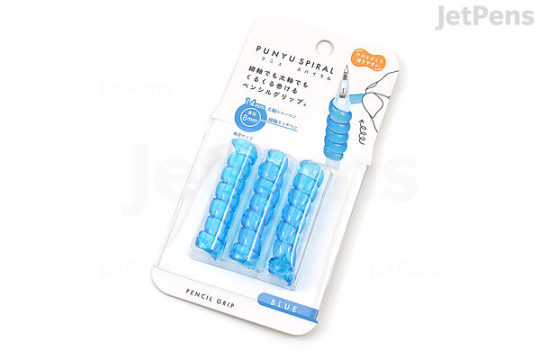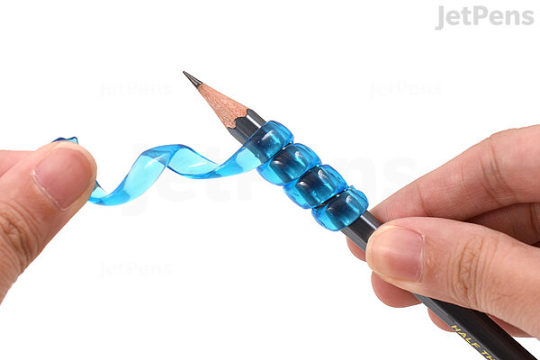Text

1 note
·
View note
Text




Don't dream just visit it, be bring it
#solarpunk#this stuff can be done with ramps btw it doesnt have to be hella inaccessible#trains and gondolas can be accessible options too it doesnt HAVE to be cars forever and ever#js
0 notes
Text
People are like "you're trying to deprive us" and I'm like what are you talking about I'm only trying to spread the good life why do you love frying on an endless oilstained parking lot so damn much


1 note
·
View note
Text

1 note
·
View note
Text
More people should really at least consider otherlinking to be a thing they themselves can do. The community is quiet and the tags tend to be overrun with crossposting, but I think it'd be a lot louder if people actually considered it as a genuine possibility a little more often. 'Linking is usually seen as an afterthought you tack onto the end of a list of alterhuman terms and not usually discussed too much more than that from what we can see. Which is sad because it really can be beneficial and it absolutely has a place in the broader alterhuman community.
You really want to be an animal, or your favourite character, but you know you're not? You can do that--you can just.. become them.
You have a hearttype but it feels kinda weird and it feels like you should have been that thing, but you're not? You could always 'link it if you're dysphoric about not being that thing.
You have something that was--or you thought was--a kintype, but now it's not, and you miss it? Just link it back into yourself.
You think [thing] is really cool and it'd be cool to be one? You can!
You want to incorporate an aesthetic of [thing] into your identity and it'd work best if you just became that thing? That's absolutely a thing you can do.
You think it'd be fun to identify as something other than what your body is? You can make that happen.
Being [thing] would help with something in your life? Go ahead, you can do that.
You can mold your own sense of self an identity however you see fit, and that's really cool. Honestly it comes across as a power move. You get to make your own self, no matter what came before it.
298 notes
·
View notes
Text
These videos feel related......"Why bother, who cares" you'll care when the shit hits the fan
32 notes
·
View notes
Text
youtube
Very cool and on point, great momentum, but do you all get paid the same, a la these guys:
3 notes
·
View notes
Text

And yet the cities on this continent are run by demons, so they are opposed to making sense and doing things in a good/humane/sustainable way, it makes them angry to even suggest it
2 notes
·
View notes
Text
The approximate metric tonne weight of an EV constitutes materials such as metals (including rare earths), plastics, glass and rubber. Therefore, a global spike in the demand for EVs would drive an increased demand for each of these materials.
Ok hotshot, get a load of this then:
In the 1940s, the first car made partially from hemp was produced by Henry Ford. The car was 10 times stronger than steel and was designed to run on hemp bio-fuel. Unfortunately, the idea quickly became obsolete as it became illegal to produce the cannabis plant in the US in 1937.
However, the government of Canada allows hemp farming and actively supports the hemp industry, thus giving them a Market advantage that places, such as the U.S., are closed to.
And now...
Calgary-based Motive Industries INC. have therefore worked with the government to make the world’s most Eco-friendly car, the Kestrel.
The 4-passenger car weighs in at about 2,500 pounds and has a top speed of 90 km per hour and a range of approximately 100 miles before needing to be recharged. The car will take batteries with a capacity ranging from 4.5 to 17.3 kilowatt hours of energy. Keeping it in the family, the Kestrel is powered by a motor made by Boucherville, TM4 Electrodynamic Systems, a Quebec based company.
Plus, considering that hemp is easy to grow, requires very few pesticides and only the sun to aid in its growth, the car is expected to come at an exceptionally reasonable price.
The material for the Kestrel is being supplied by Alberta Innovates-Technology Futures, a provincial Crown corporation. The hemp is being grown in Vegreville, Alberta.
Tell me again about how cars need all these nonrenewables just to be built
3 notes
·
View notes
Text
The thing is, even if you were lucky and your parents taught you how to clean, they probably didn't teach you how to clean the stuff you clean stuff with, like brushes, mops, sponges, rags, and so on. Or how to clean your cleaning appliances, like a dish washer, clothes washing machine, and clothes dryer and its ducts (if you have a ducted dryer), or a carpet cleaner, vacuum, Or how to clean up clean messes, like spilled bleach or detergent.
My parents threw away all of these things (even the vacuum cleaners and the dryer) when they got too dirty to function, because no one even told them THAT they could be cleaned. Cost them thousands of dollars over the years.
All I'm saying is that cleaning is not intuitive, and not knowing how to clean is not a moral failing, but it is something you can learn.
I'm going to reblog this post with resources for learning how to clean things and how to clean cleaning things (I'm not at my desk at the moment). If you have any favorites, please feel free to add them in too!
29K notes
·
View notes
Text
youtube
More stuff made of that stuff plz
1 note
·
View note
Text
youtube
Related to prev post
0 notes
Text
youtube
We could transition to a personal-use/maker-based system.... prior to collapse making it inevitable. It'd make life easier to move away from the unsustainable if we did it in a planned manner before being forced to by circumstance
Extreme micronationalization, extreme localization....
2 notes
·
View notes
Text
jetpens just started stocking a product that will be an ergonomic game-changer for a lot of folks!

this is the kutsuwa punyu spiral pencil grip. unlike most pencil grips that are solid tubes and have a fixed maximum diameter they can wrap around,

the punyu is a spiral! it wraps like spaghetti.

this means that, unlike almost every other grip on the market, this grip can be added to almost every pen or pencil! and that includes fountain pens and gel pens. you can see it here being used on a pilot metropolitan fountain pen and a sakura gelly roll gel pen.
(not an affiliate link, not sponsored, you can buy from wherever you want if interested, jetpens has a lot of specs of their products that I appreciate)
a jetpens review even mentions someone using these on the lamy safari line of fountain pens. the ones with a really sharp triangle grip. these grips seem really really versatile, especially if you are about to sit down and take notes for hours on end!
if you do use this with a fountain pen, I recommend making sure the fountain pen is not prone to hard starts or drying out, has a good flow (whether that flow is from a wet nib or a wet feed or both), and/or that you use a relatively wet ink. because the goal is to have the fountain pen continue to write even if you put it down for a few minutes, so you do not have to keep removing the grip, capping the pen, uncapping the pen, or reapplying the spiral grip!
over the years some folks have asked me if I know of anything like this, and well, now we both do! if you get this let me know what kinds of pens and pencils you use it with and how well it works! this is a really exciting pencil grip!
12K notes
·
View notes
Photo

“My dad teaching math in Southern California (late 70s/early 80s)”
437K notes
·
View notes
Text
instagram
1 note
·
View note
